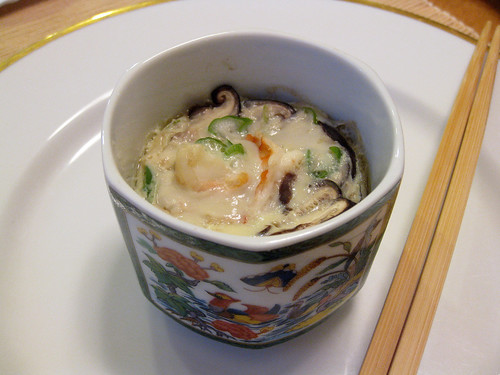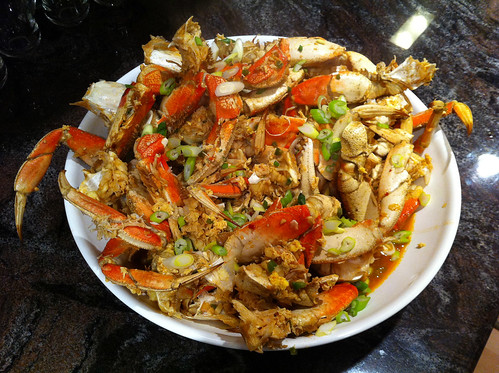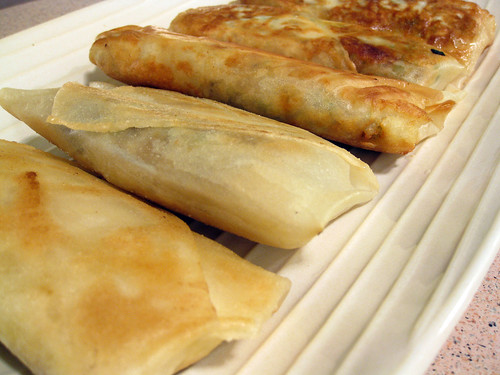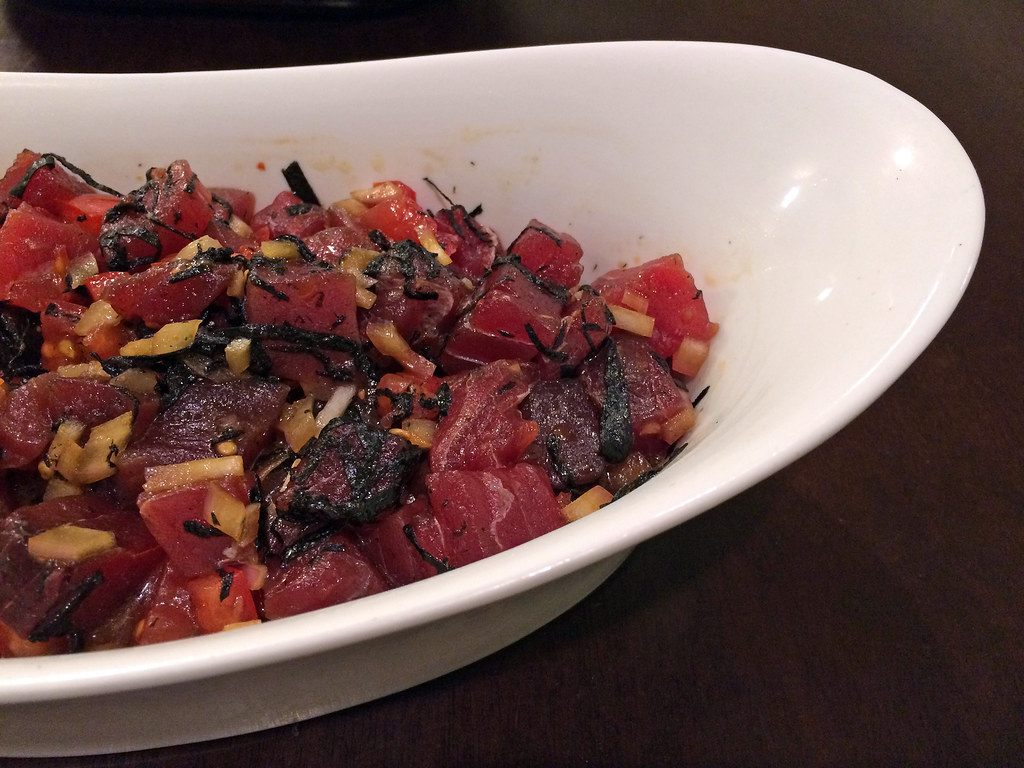I didn’t grow up eating chawan mushi, but it feels like comfort food. An egg-based custard dish, it’s simply flavored with soy sauce, mirin, and dashi and mixed with a few ingredients before being set to steam. It’s usually eaten as an appetizer in Japanese cuisine but I like to eat it as a snack too.
Chawan mushi literally translates as “tea cup steam” or “steamed in a tea bowl,” and I use a set of ceramic antique teacups to cook these in. Alternatively, you can use small ceramic ramekins. It can be eaten hot or cold; I prefer it warm.
Ingredients:
3 cups cold water
1 8-by 4-inch piece kombu (dried kelp)
1 package katsuobushi (dried bonito flakes), about 1/2 cup
3 eggs
1 1/2 teaspoons mirin
1 tablespoon soy sauce
1/4 teaspoon salt
3 small fresh shiitake mushrooms, thinly sliced
6 medium shrimp, peeled
1 green onion, thinly sliced
1. Bring cold water and kombu to a boil in a saucepan, then remove from heat and discard kombu. Sprinkle katsuobushi over liquid and let stand 3 minutes. Pour through a sieve and strain into a bowl.
2. Whisk together eggs in a bowl, then whisk in mirin, soy sauce, salt, and 1 1/2 cups dashi.
3. Divide sliced mushrooms, shrimp and green onions among ramekins. Divide egg mixture among ramekins and cover each ramekin with a piece of foil.
4. Arrange ramekins on rack of a steamer and add enough water to steamer to measure 1 1/2 inches. Cover steamer and bring to boil over high heat. Steam 2 minutes, reduce heat to medium and continue to steam until custards are just set, about 10 minutes more. Serve in ramekins.





